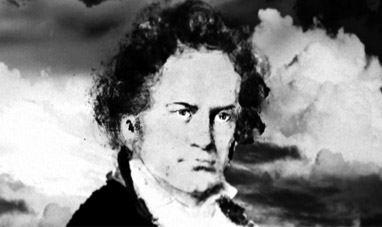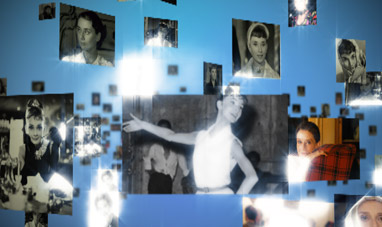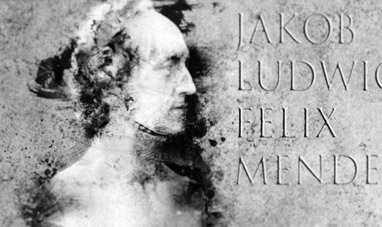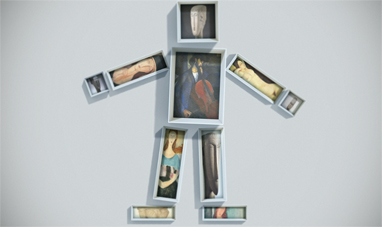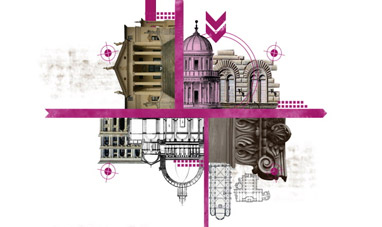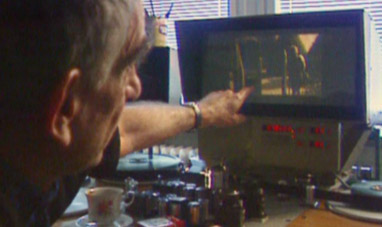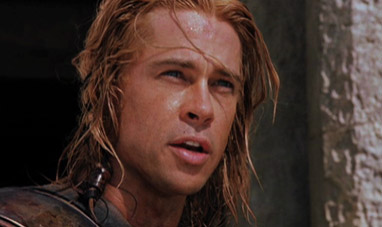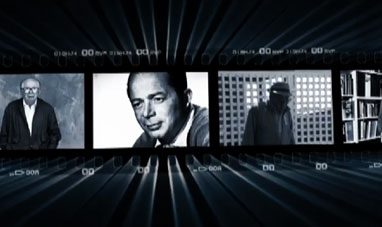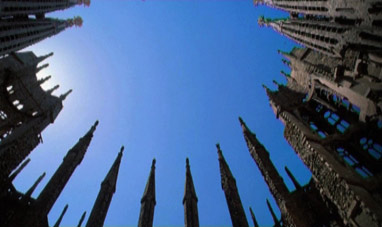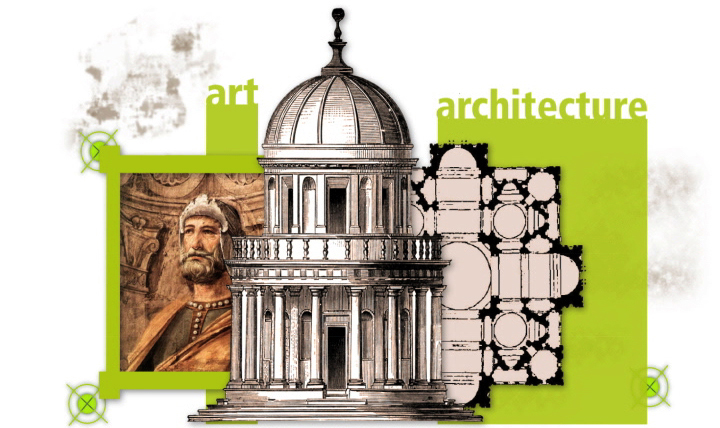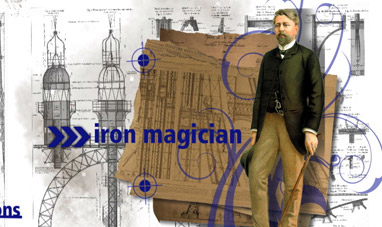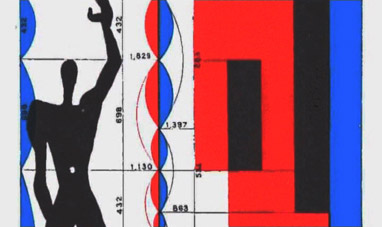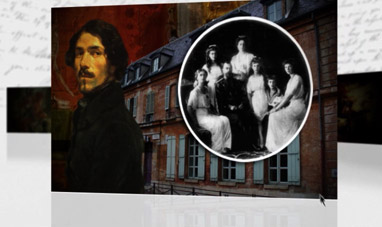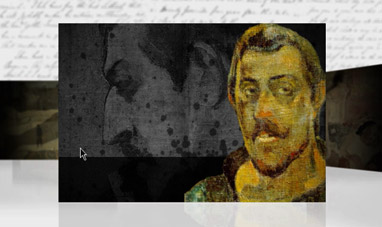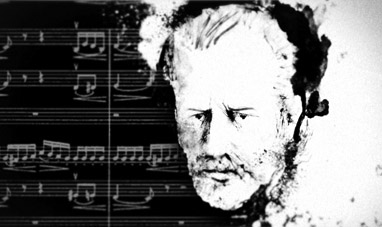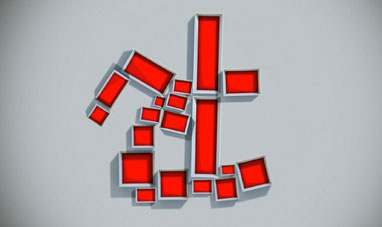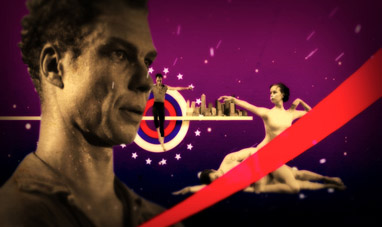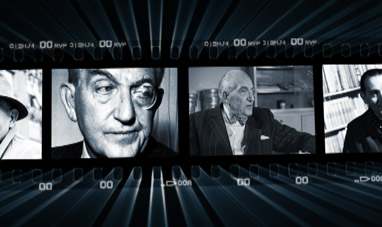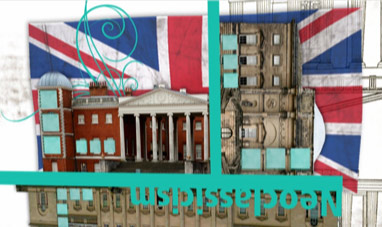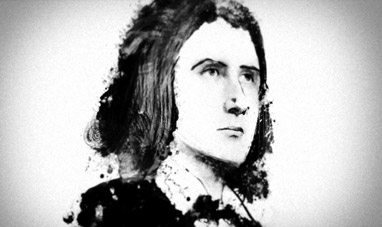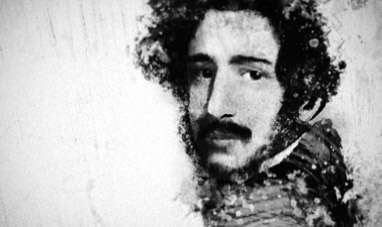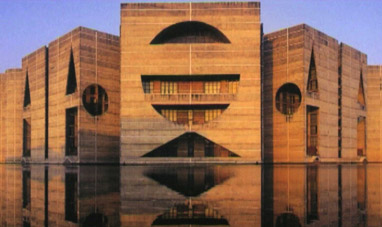An architect, painter and designer, Gian Lorenzo Bernini was one of the great Italian sculptors of the 17th Century. His works pushed well beyond the conventional limits of sculpture, and were in harmony with the architecture and urban setting of the time, reflecting the Baroque period’s tendency to meld all the arts together. The son of Florentine sculptor Pietro Bernini, Gian Lorenzo Bernini was born in Naples on December 7, 1598. His father traveled to Rome in 1605 to work for Pope Paul V of the Borghese family. In Rome, the younger Bernini gained an appreciation of classical art and Caravaggio’s artworks. He began studying under his father, then gradually working directly with him. His talent was evident in his earliest sculptures, which were finished around 1615.[For graphics: show The Goat Amalthea with the Infant Zeus and a Faun] Bernini’s first commissions came from the great patrician families of Rome – the Borghese, Barberini, and Aldobrandi families. Cardinal Scipione Borghese commissioned four groups of sculptures that Bernini worked on from 1619 through 1625. They included Aeneas, Anchises, and Ascanius, The Rape of Proserpina, David, and Apollo and Daphne. All of these sculptures were characterized by dynamism, technical virtuosity and gift for portraying strong emotions. [For graphics: Show Aeneas, Anchises, and Ascanius, The Rape of Proserpina, David, Apollo and Daphne.]
Maffeo Barberini, who would later become Pope Urban VIII, chose Bernini to design landmark statues and monuments throughout Rome. Bernini would eventually complete two of his masterpieces there: St. Peter’s baldachin and its spiral columns, [1624-1633] and the Tomb of Pope Urban VIII, commissioned in 1628.[For graphics: Show images of the works cited above.] In 1629, at the height of his fame, Bernini was named the architect of St. Peter’s Cathedral. But when Pope Innocent X ascended to the papacy, [1644] Bernini’s career faltered. The collapse of one of the bell towers he’d designed put his role at St. Peter’s in jeopardy. The new pope favored architect Francesco Borromini instead. Bernini turned his attention to the Ecstasy of Saint Theresa of Avila, [1647-1652] built into the Cornaro Chapel of Rome’s Santa Maria della Vittoria church. The sculpture portrayed sensual mysticism in an imposing and suggestive setting. [For graphics: Show images of the work cited above.] Around 1650, Pope Innocent X commissioned him to design The Fountain of the Four Rivers in Piazza Navona, a work rich in allegory and spectacular naturalism. [For graphics: Show image of the work cited above, including the work in full and details.] Bernini later turned his attention to major architectural projects, including Rome’s Montecitorio Palace [1650-1655] and the Church of Sant’Andrea al Qurinale. He was also finally able to complete his work at St. Peter’s, including the gigantic piazza in front of the church and its semicircular colonnade, which seems to embrace visitors. [For graphics: Show images of the works cited above.]
Maffeo Barberini, who would later become Pope Urban VIII, chose Bernini to design landmark statues and monuments throughout Rome. Bernini would eventually complete two of his masterpieces there: St. Peter’s baldachin and its spiral columns, [1624-1633] and the Tomb of Pope Urban VIII, commissioned in 1628.[For graphics: Show images of the works cited above.] In 1629, at the height of his fame, Bernini was named the architect of St. Peter’s Cathedral. But when Pope Innocent X ascended to the papacy, [1644] Bernini’s career faltered. The collapse of one of the bell towers he’d designed put his role at St. Peter’s in jeopardy. The new pope favored architect Francesco Borromini instead. Bernini turned his attention to the Ecstasy of Saint Theresa of Avila, [1647-1652] built into the Cornaro Chapel of Rome’s Santa Maria della Vittoria church. The sculpture portrayed sensual mysticism in an imposing and suggestive setting. [For graphics: Show images of the work cited above.] Around 1650, Pope Innocent X commissioned him to design The Fountain of the Four Rivers in Piazza Navona, a work rich in allegory and spectacular naturalism. [For graphics: Show image of the work cited above, including the work in full and details.] Bernini later turned his attention to major architectural projects, including Rome’s Montecitorio Palace [1650-1655] and the Church of Sant’Andrea al Qurinale. He was also finally able to complete his work at St. Peter’s, including the gigantic piazza in front of the church and its semicircular colonnade, which seems to embrace visitors. [For graphics: Show images of the works cited above.]




